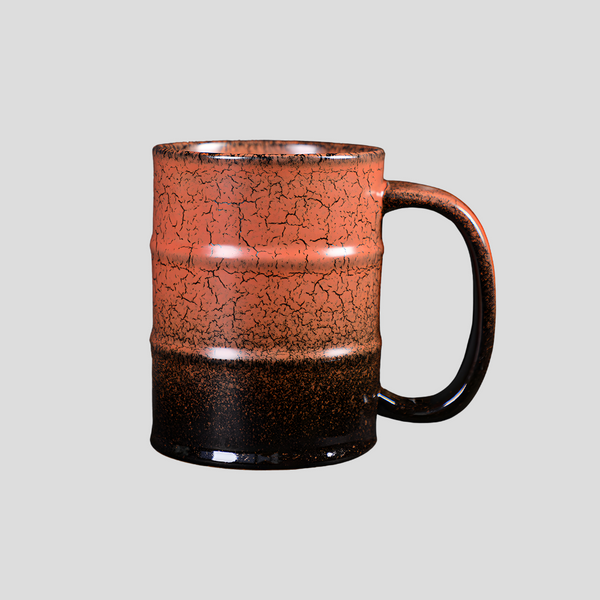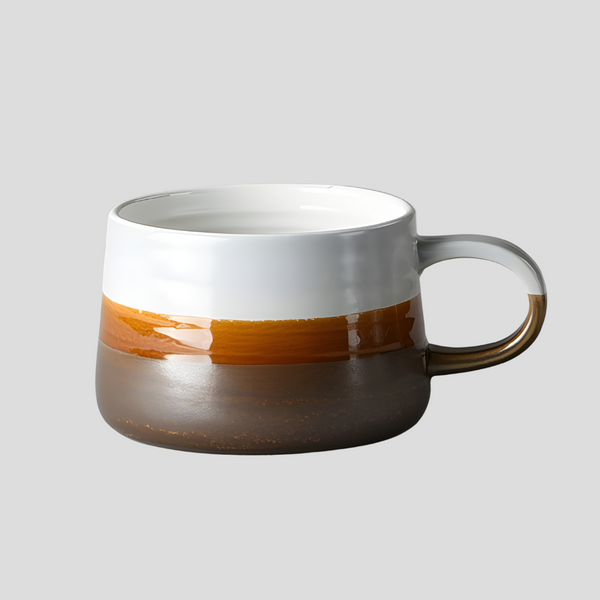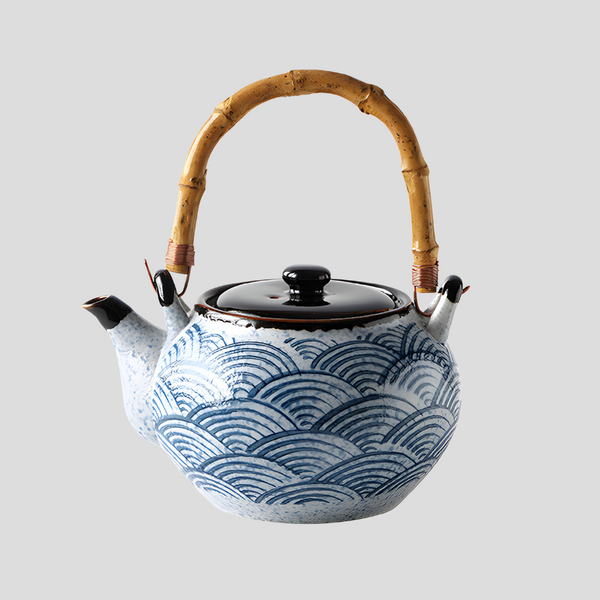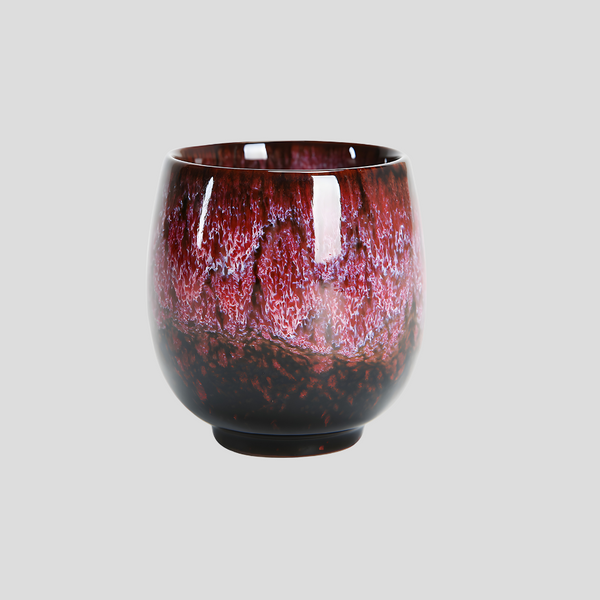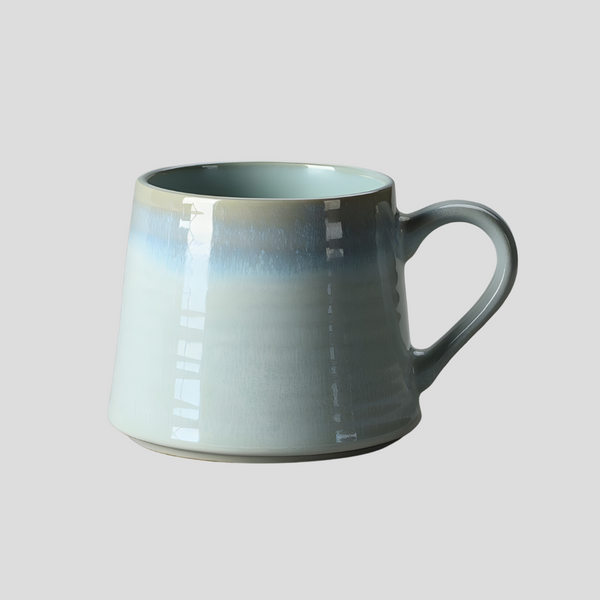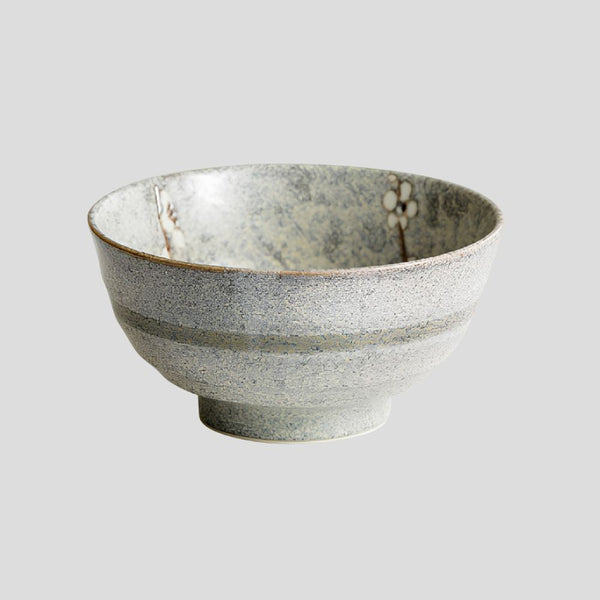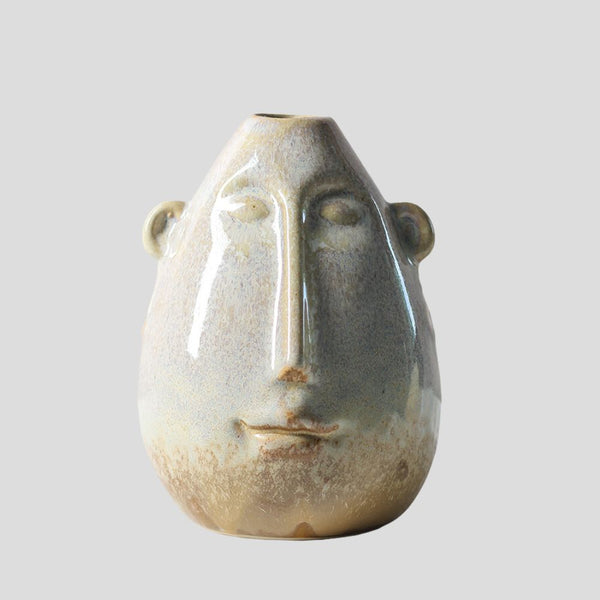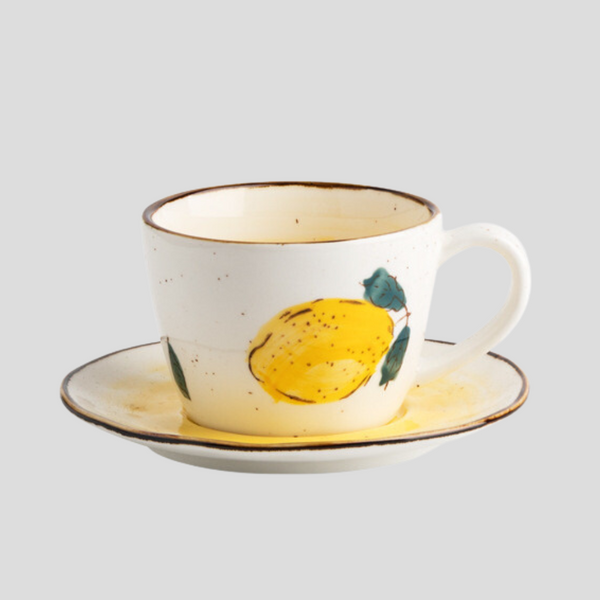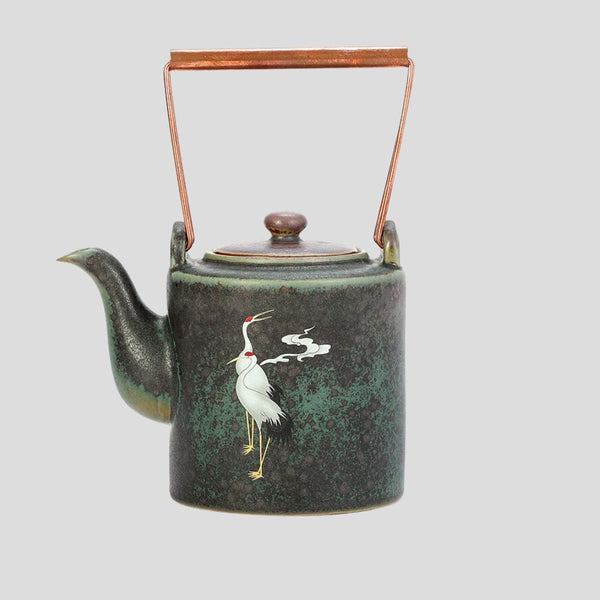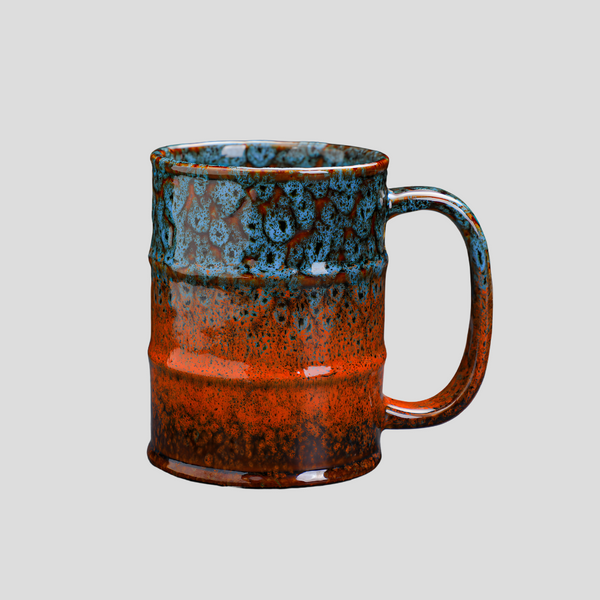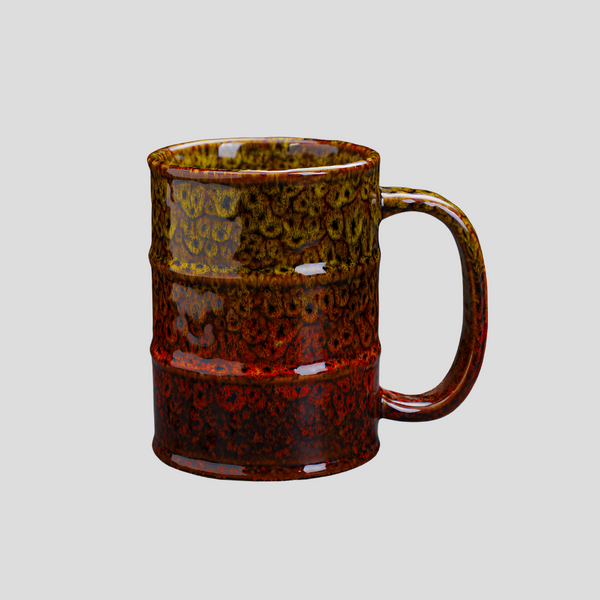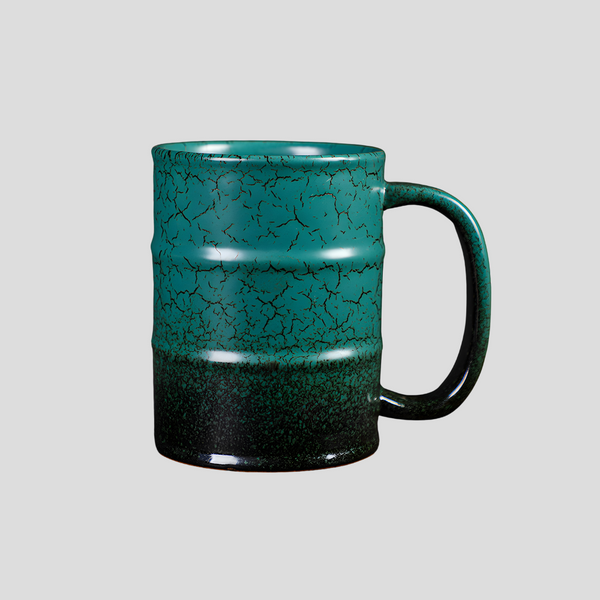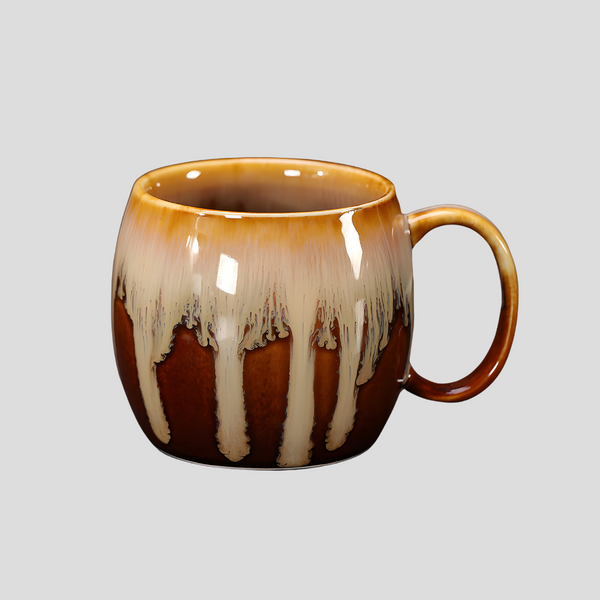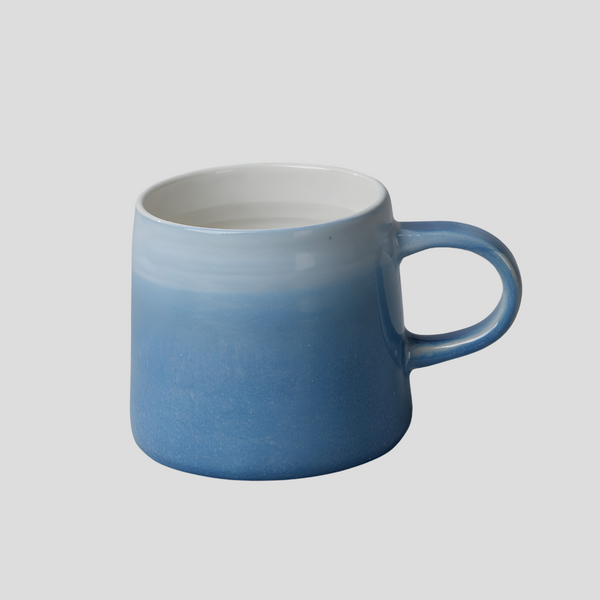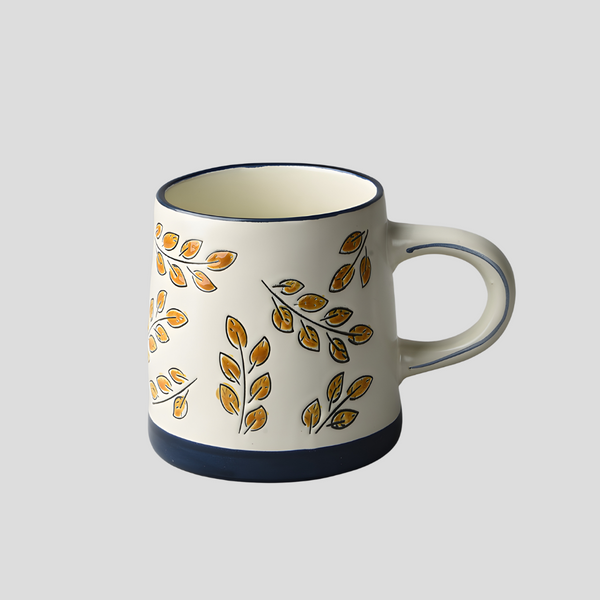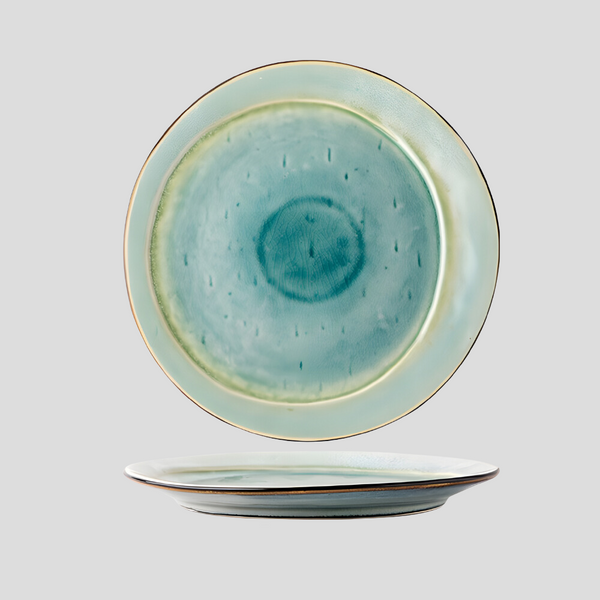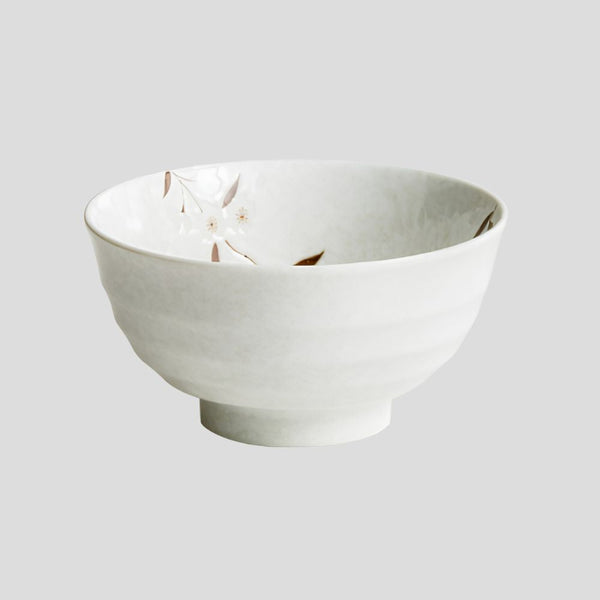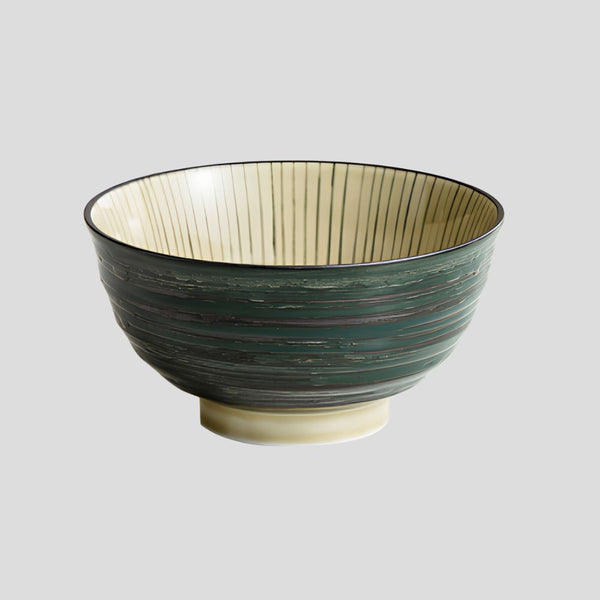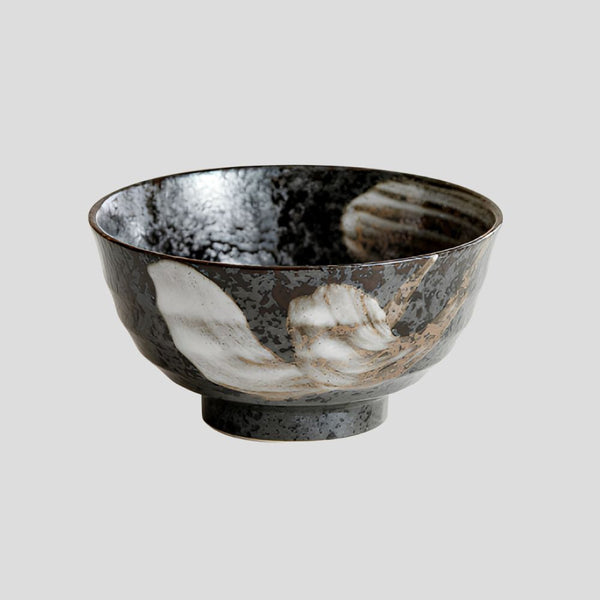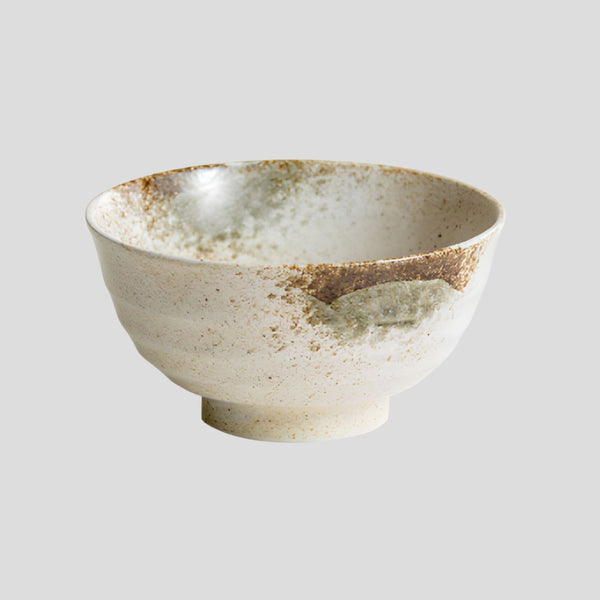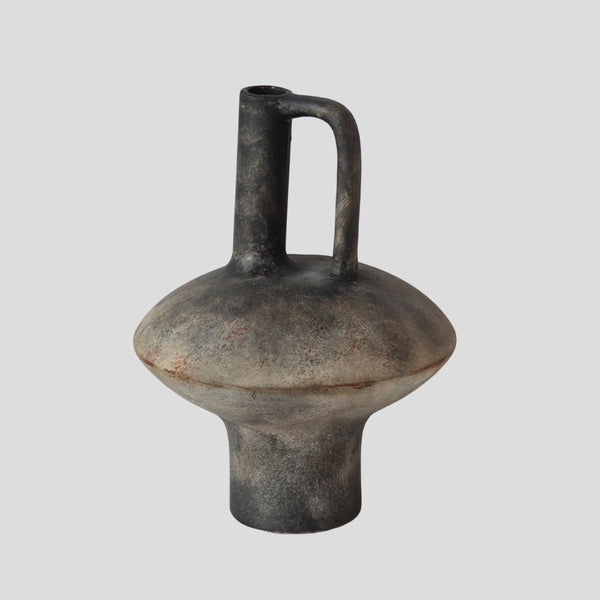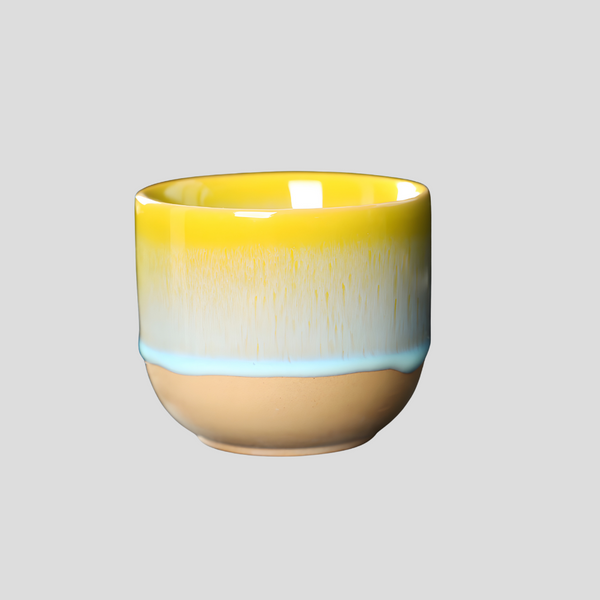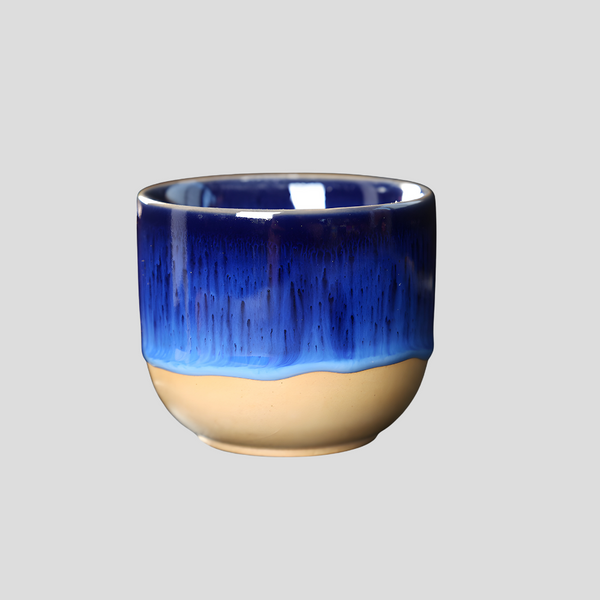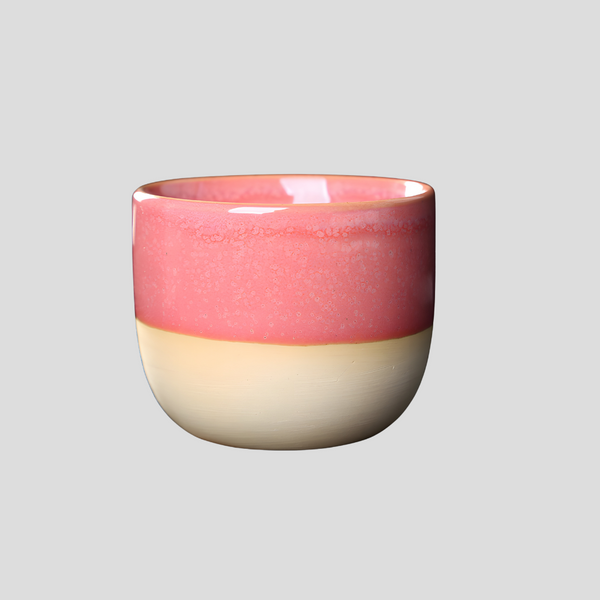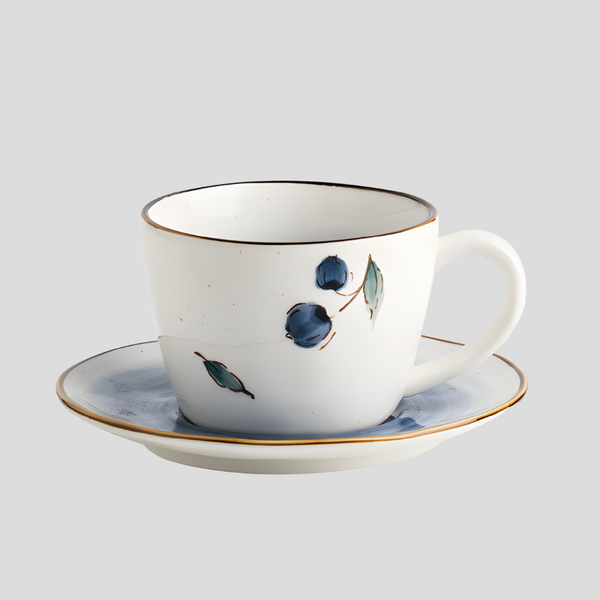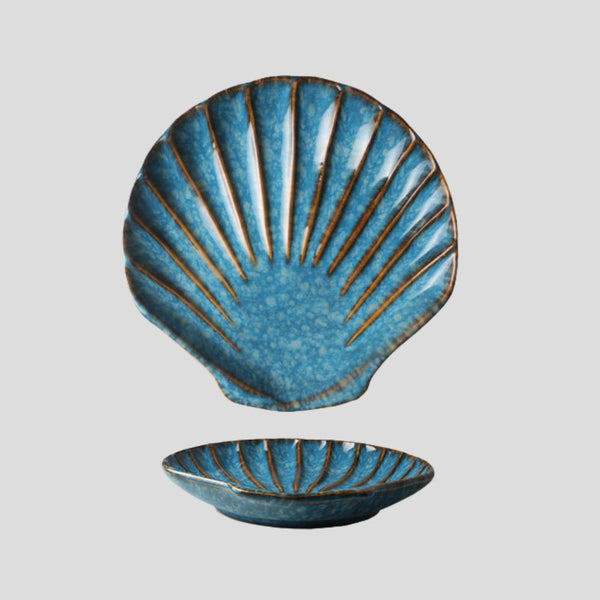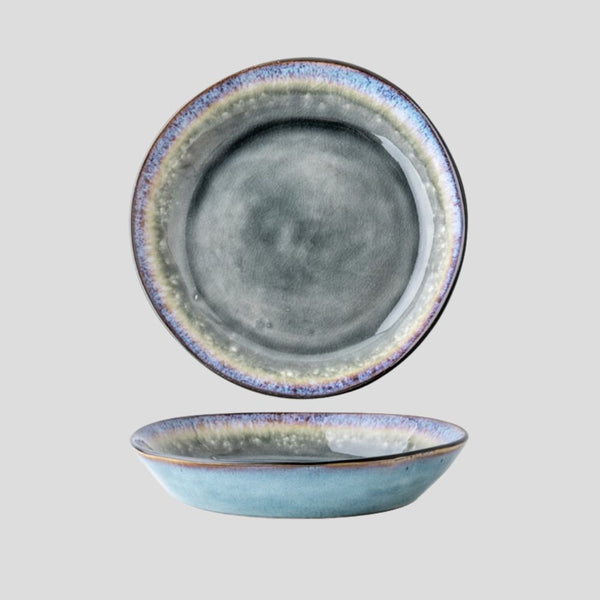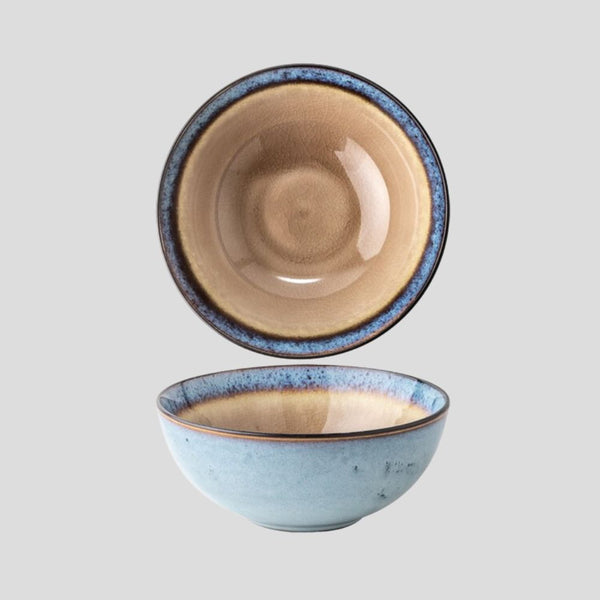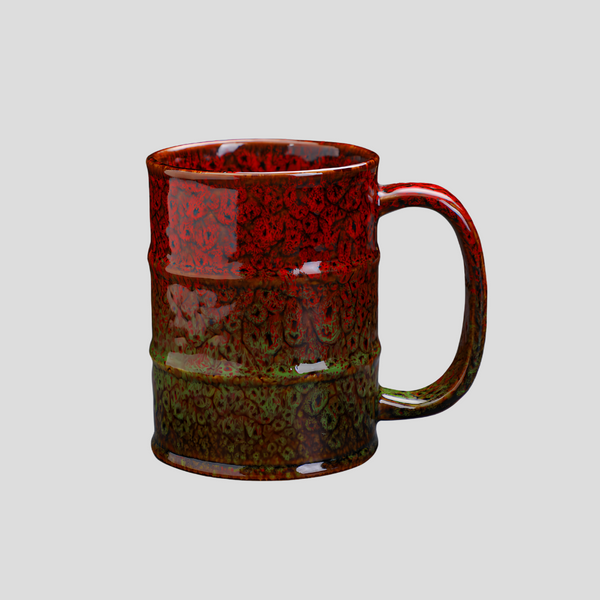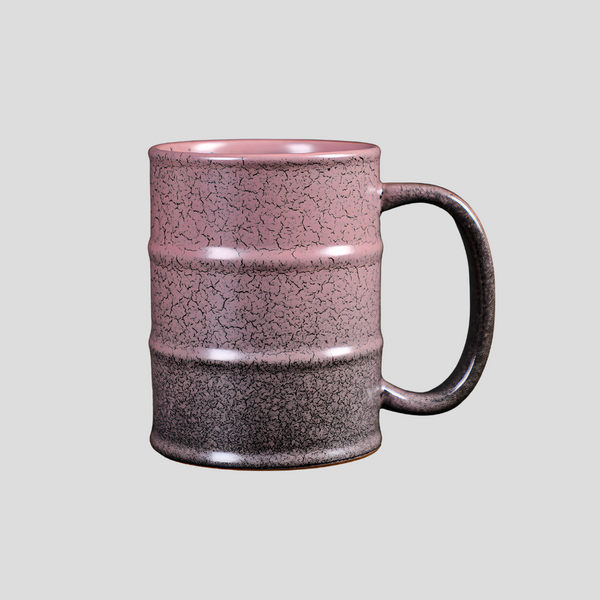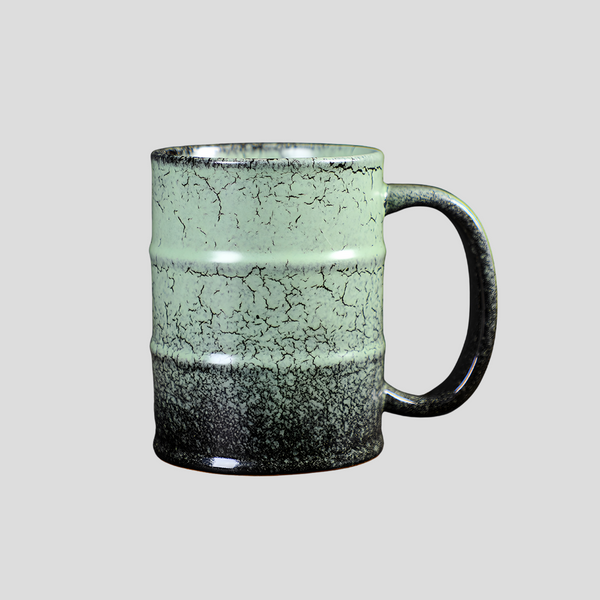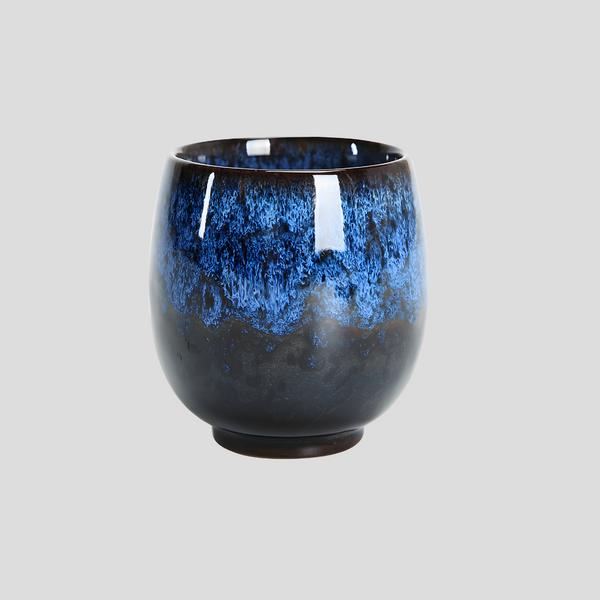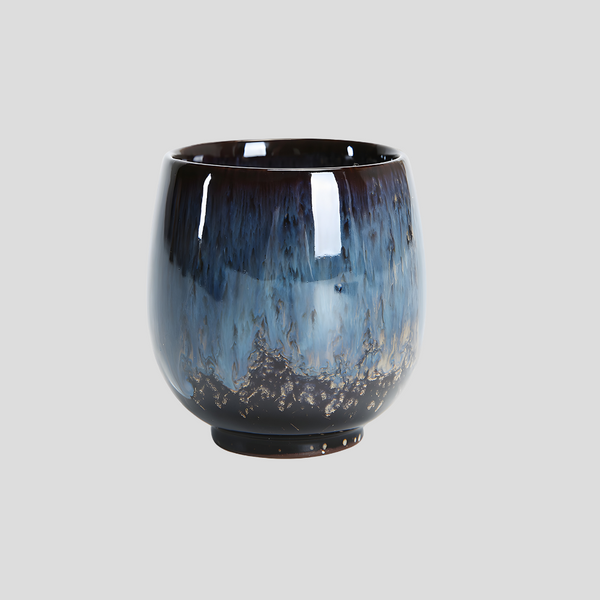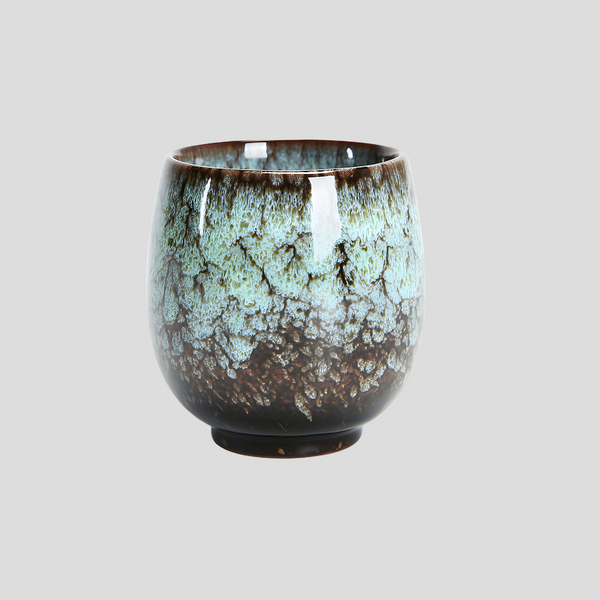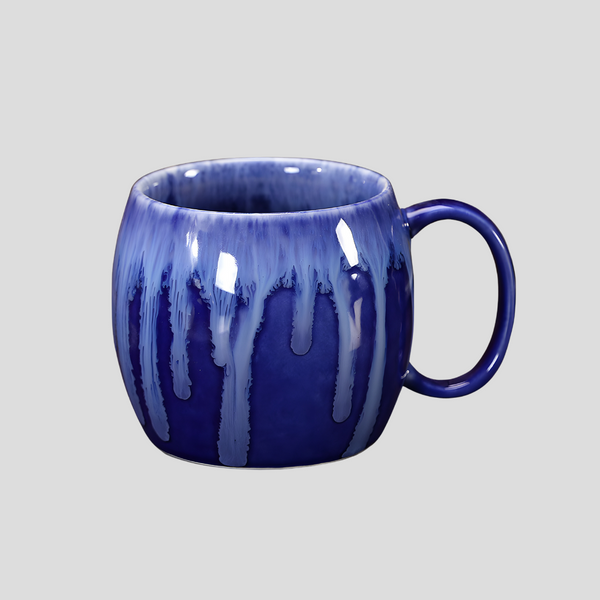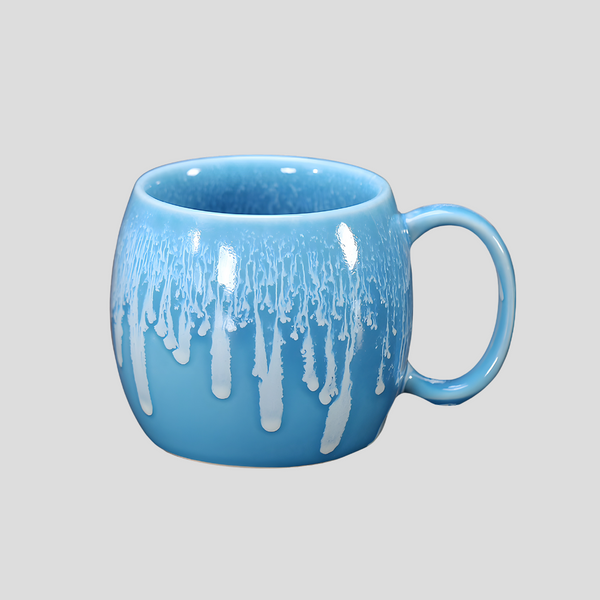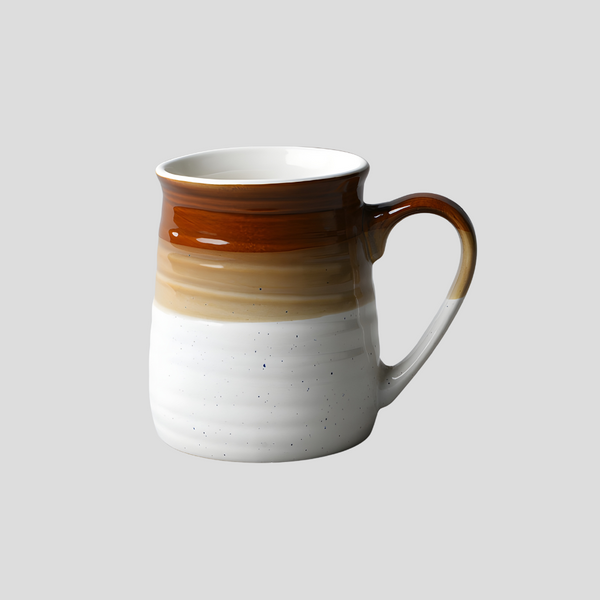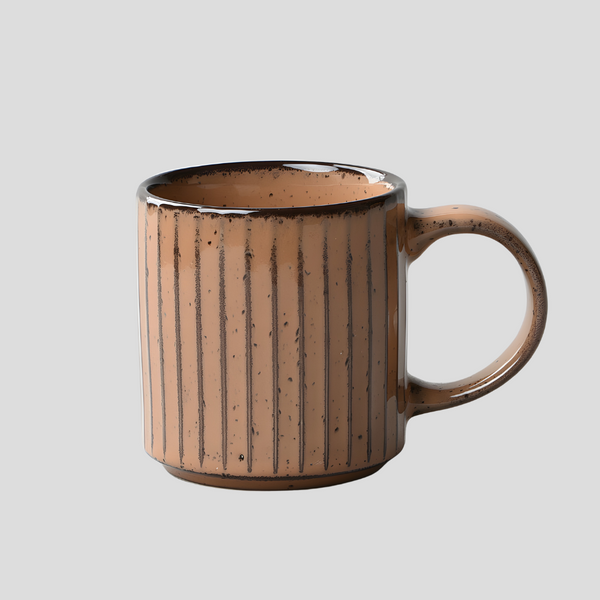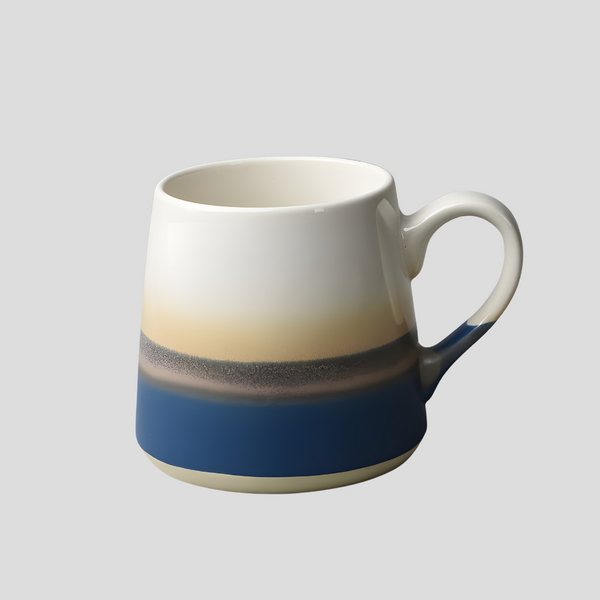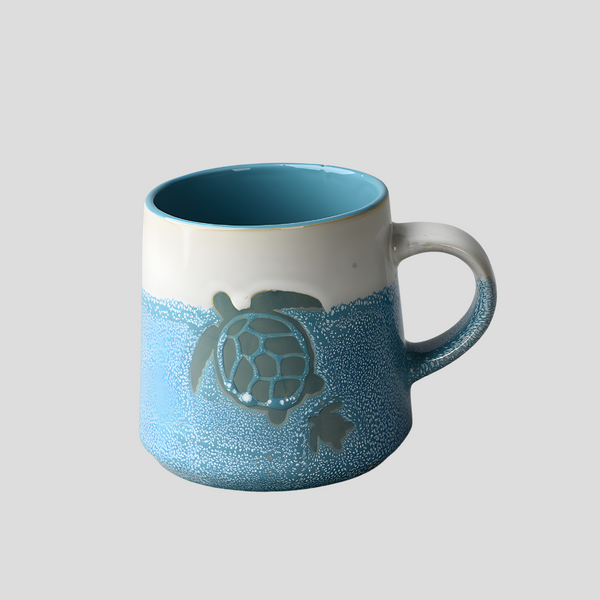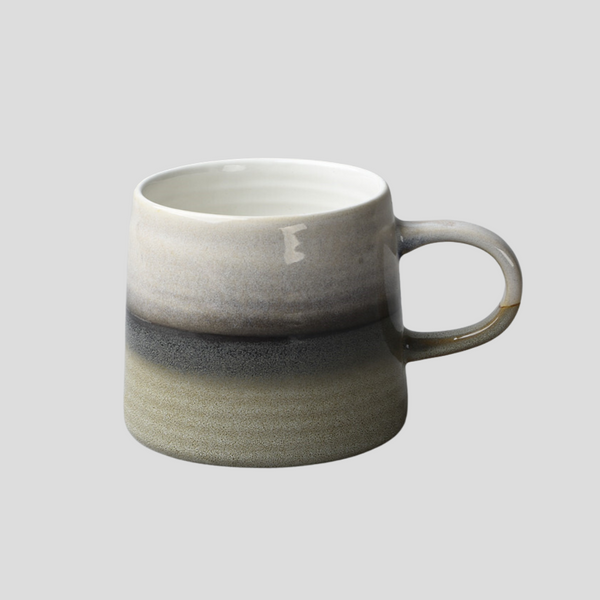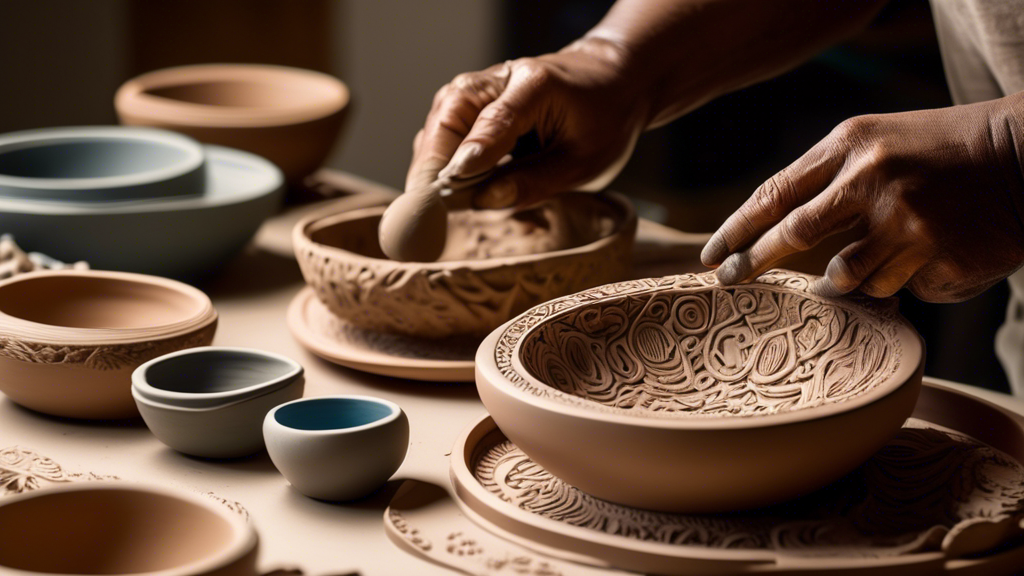
Exploring the Art of Bowl Forms: A Comprehensive Guide
Exploring the Art of Bowl Forms: A Comprehensive Guide
The art of creating bowl forms transcends mere functionality; it embodies a profound exploration into shape, material, and aesthetics. Fascinating for both creators and admirers, the world of bowl forms is as diverse as it is captivating. This comprehensive guide delves into the various aspects of bowl forms, shedding light on their history, types, materials used, and the nuanced craftsmanship involved in their creation.
Historical Perspective
Bowls have been an integral part of human civilization, dating back thousands of years. Initially, they served basic utilitarian purposes, such as storing food and water. Over time, however, the creation of bowls evolved to reflect cultural significance, mastery of craftsmanship, and artistic expression. Ancient civilizations, including the Egyptians, Greeks, and Chinese, produced bowls that were not only practical but also deeply entrenched in the aesthetic and symbolic values of their respective cultures.
Types of Bowl Forms
The diversity in bowl forms is astonishing, ranging from simple, modest shapes to intricate, sculptural pieces. Some common types include:
- Utility Bowls: Designed for everyday use, with functionality as the primary focus.
- Decorative Bowls: Crafted with an emphasis on ornamental design, often displayed as art pieces.
- Ceremonial Bowls: Created for specific rituals and ceremonies, embedding cultural and religious significance.
- Artistic Bowls: Expressive pieces where the artist’s imagination and skill are foregrounded, often pushing the boundaries of traditional bowl forms.
Materials Used in Bowl Creation
The choice of material plays a pivotal role in the form and function of a bowl. Some commonly used materials include:
- Clay: One of the oldest materials, clay allows for a wide range of shapes and finishes, from rustic earthenware to fine porcelain.
- Wood: Offers warmth and organic beauty. Woodworkers can create bowls that highlight the natural patterns and colors of various woods.
- Metal: Durable and versatile, metal bowls can showcase stunning craftsmanship through techniques such as hammering and engraving.
- Glass: Capable of capturing light and color, glass bowls can range from simple, functional designs to intricate art pieces.
Each material brings its own set of characteristics, challenges, and aesthetic possibilities to the bowl-making process, allowing artists to explore different expressions of form and meaning.
Craftsmanship and Techniques
The creation of bowl forms involves a plethora of techniques, each adding a unique touch to the final piece. Traditional methods like hand-building and wheel-throwing in pottery, woodturning for wooden bowls, and various metalworking and glassblowing techniques have been refined over centuries. These methods require not only technical skill but also an artistic vision to transform raw materials into beautiful, functional bowls. Contemporary artists and craftsmakers often blend traditional techniques with modern innovations, experimenting with form, texture, and color to create unique pieces that challenge the conventional perceptions of what a bowl can be.
Conclusion
The exploration of the art of bowl forms reveals a world rich in history, diversity, and creativity. Whether through the lens of utility, decoration, or artistic expression, bowl forms embody a unique blend of form and function, tradition and innovation. As we continue to appreciate and critically engage with this fascinating art form, we uncover new meanings and possibilities, reflecting the ever-evolving relationship between humanity and the objects we create and cherish.
Click this link to check out our ceramic artwork!
